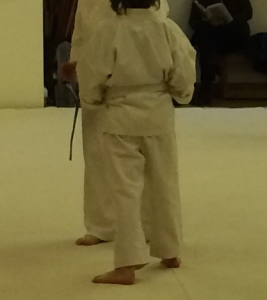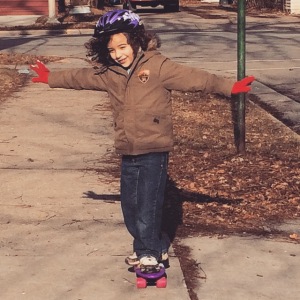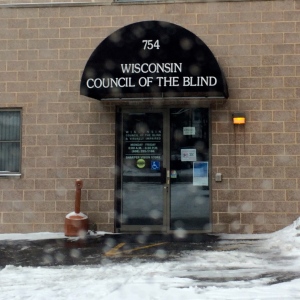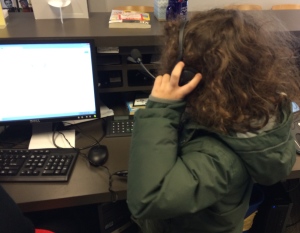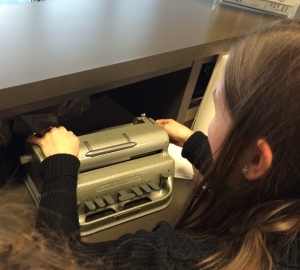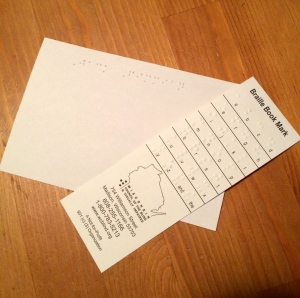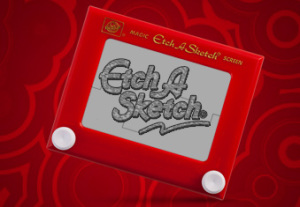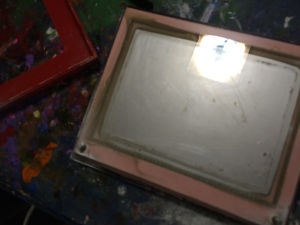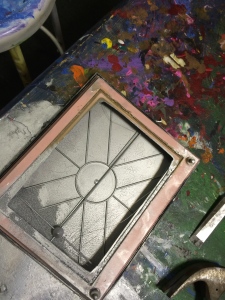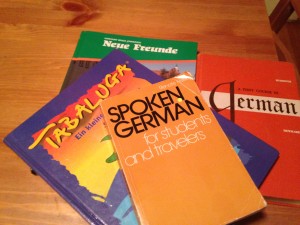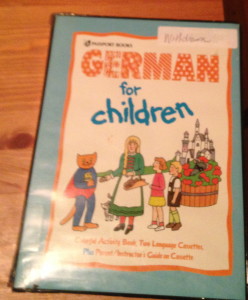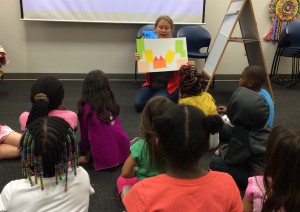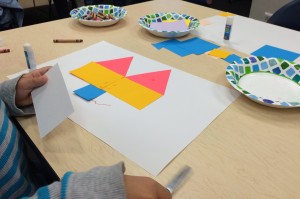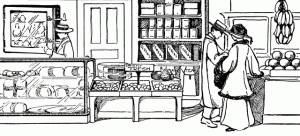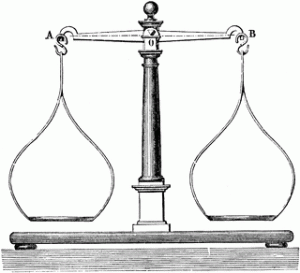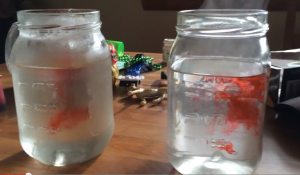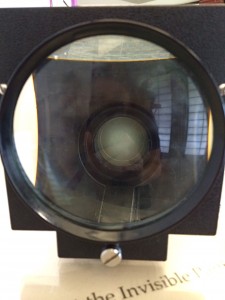It’s no secret that this TRFamily loves music! 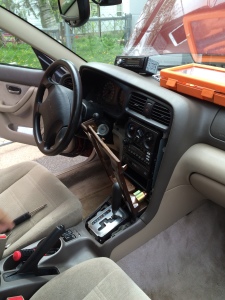
One place we always have the tunes playing is the car, Nothing is more fun, or helps a long car ride, like a family sing-along. So when we purchased our newest car and found its older radio was not compatible with iPod music players, we knew we’d pretty quickly have to swap it out for a different receiver.
Why is this so important? Well, for a couple of reasons:
1. We love the no commercials and no sometimes shocking news reports version of listening to music via our mp3 equipped phones.
2. Our iPod enables us to create long custom lists featuring songs everyone in the family likes. We all know the words to most of the songs on the playlist, so everyone can join in and sing, or play an awesome air-guitar lick.
After some internet research, we were able to find an inexpensive but reliable unit that would fit in our car.
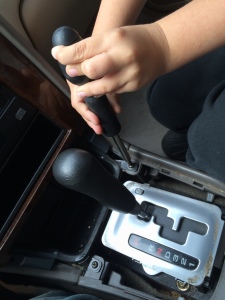 Then Bluey and TRDad got to work putting it into the car.
Then Bluey and TRDad got to work putting it into the car.
Installing your own car stereo is a fun and worthwhile project. Along the way we were able to cover a variety of topics including:
Safety rules (like disconnecting your car battery before you start).
Color matching while sorting wires for the adapter cables.
The importance of reading instructions and proceeding carefully and methodically with a big project.
Hands-on skills of using screwdrivers and wrenches correctly.
And the all important value of Doing It Yourself
Naturally, Bluey got to take the old radio apart.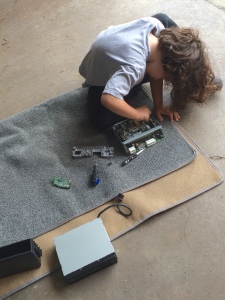
Our project took most of a Saturday morning. It rewarded us with a great new stereo unit and the satisfaction of knowing we’d done it ourselves. We know our Bluey will remember this for a long time. Next time something breaks on the car, or some piece of electronics needs to be upgraded, he’ll be ready to take on the challenge.
